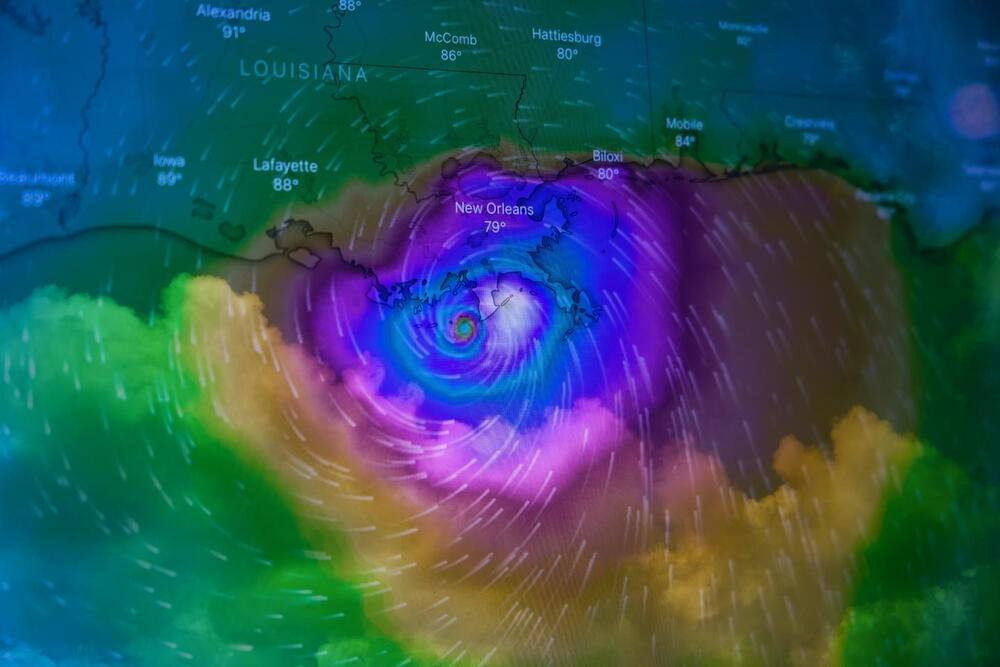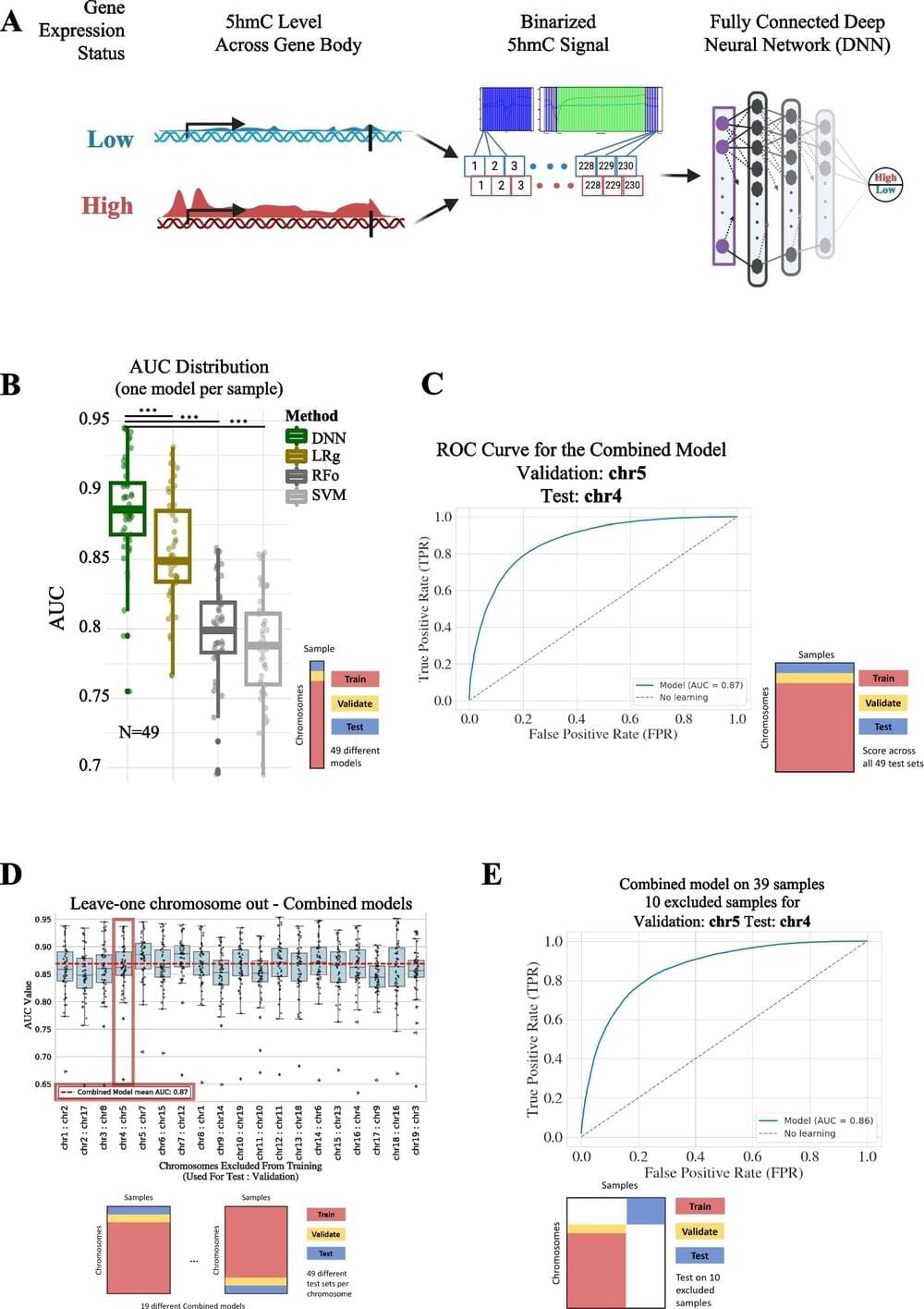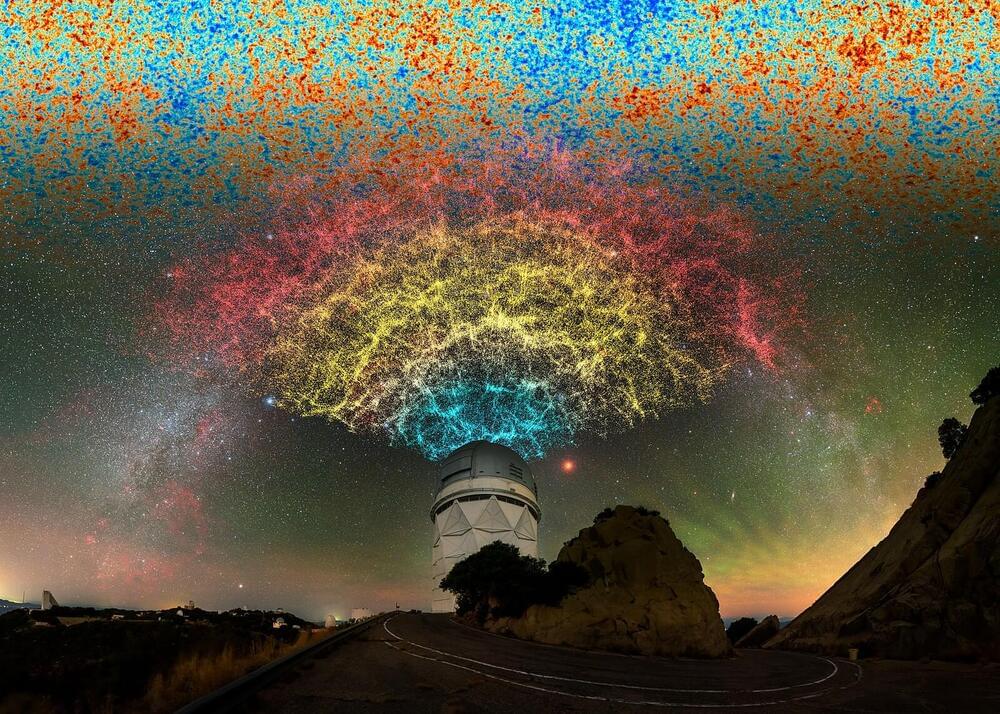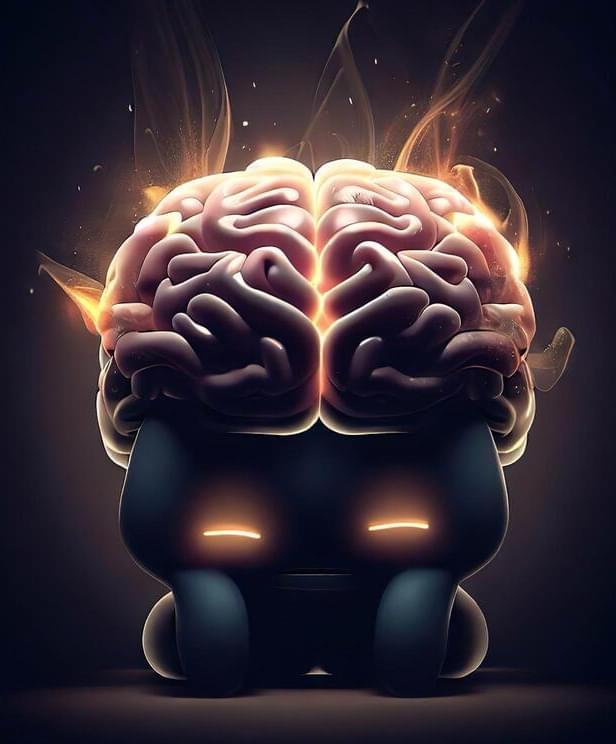
Mentally stimulating activities and life experiences can improve cognition in memory clinic patients, but stress undermines this beneficial relationship. This is according to a new study from Karolinska Institutet published in Alzheimer’s & Dementia: The Journal of the Alzheimer’s Association.
In the late 1980s, researchers discovered that some individuals who showed no apparent symptoms of dementia during their lifetime had brain changes consistent with an advanced stage of Alzheimer’s disease. Since then it has been postulated that so-called cognitive reserve might account for this differential protective effect in individuals.
Cognitively stimulating and enriching life experiences and behaviors such as higher educational attainment, complex jobs, continued physical and leisure activities, and healthy social interactions help build cognitive reserve. However, high or persistent stress levels are associated with reduced social interactions, impaired ability to engage in leisure and physical activities, and an increased risk of dementia.



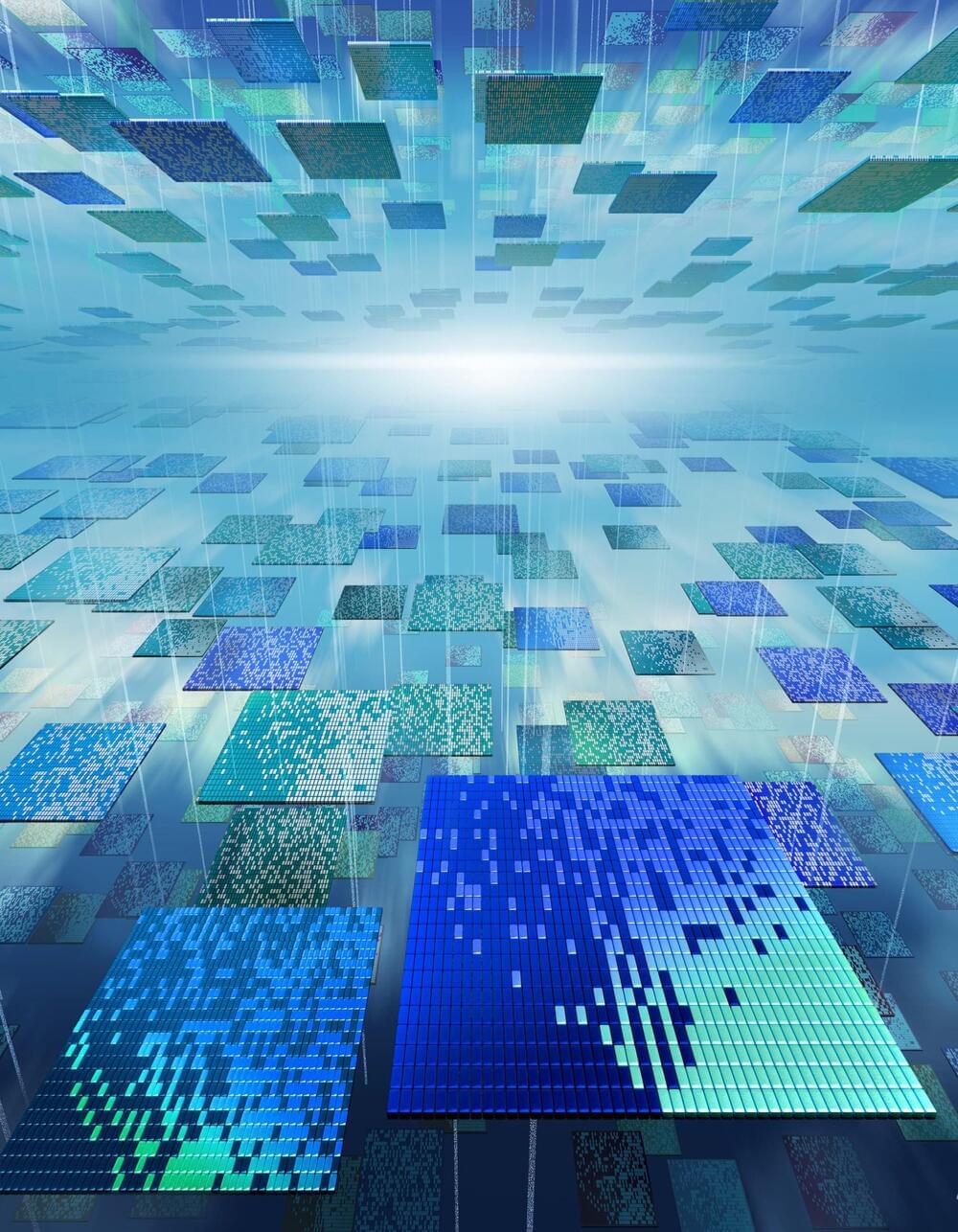

 עברית (Hebrew)
עברית (Hebrew)